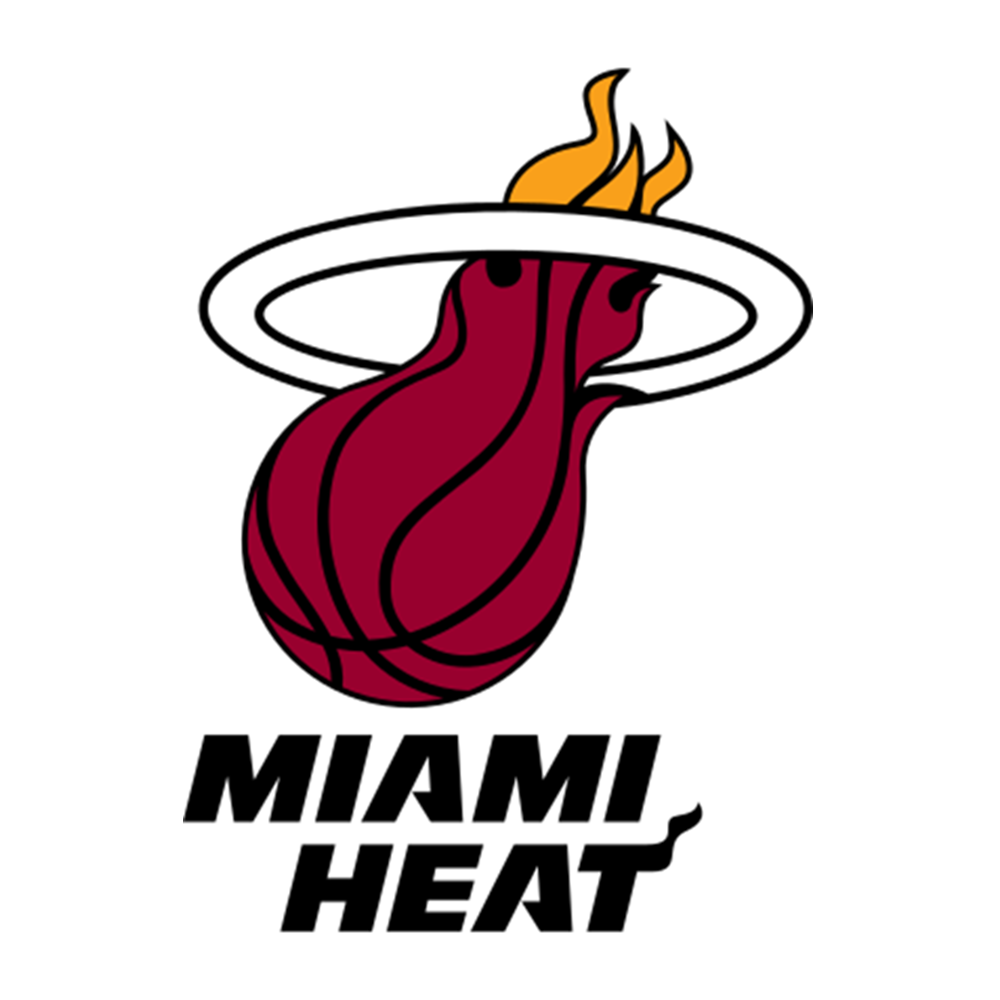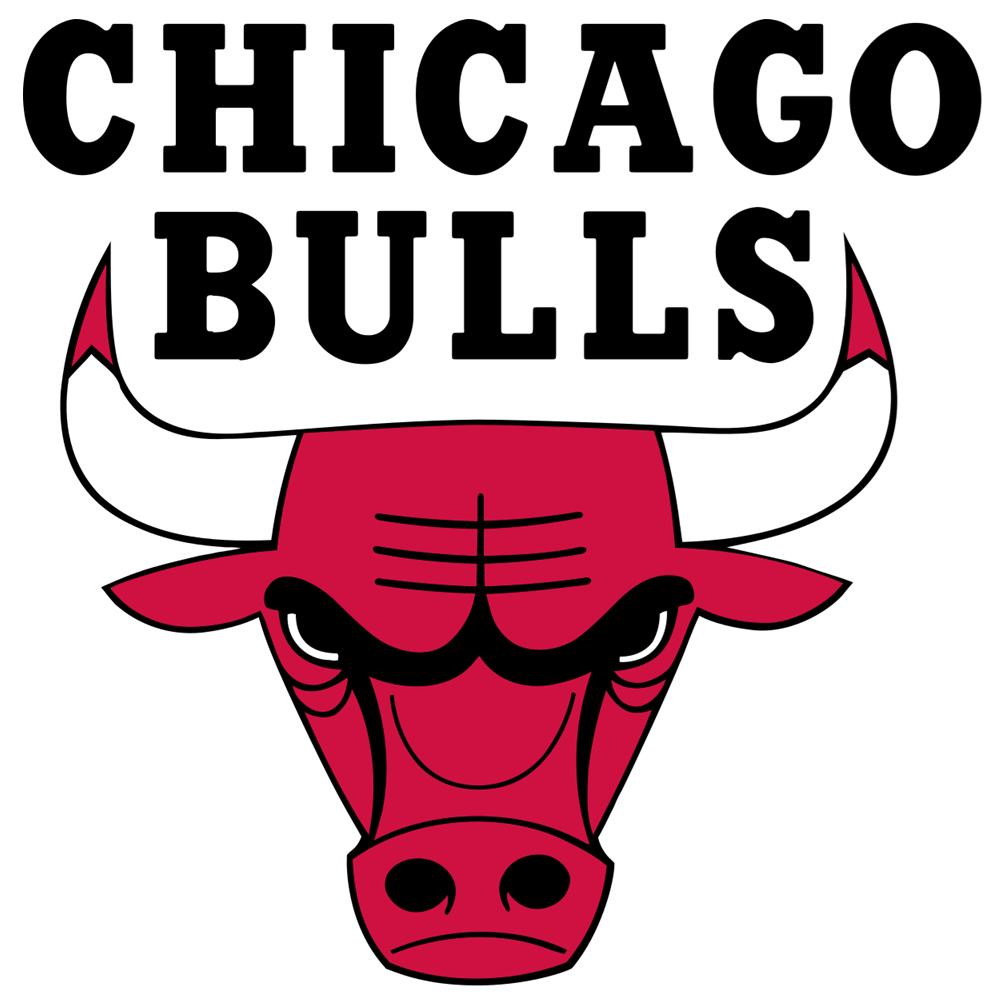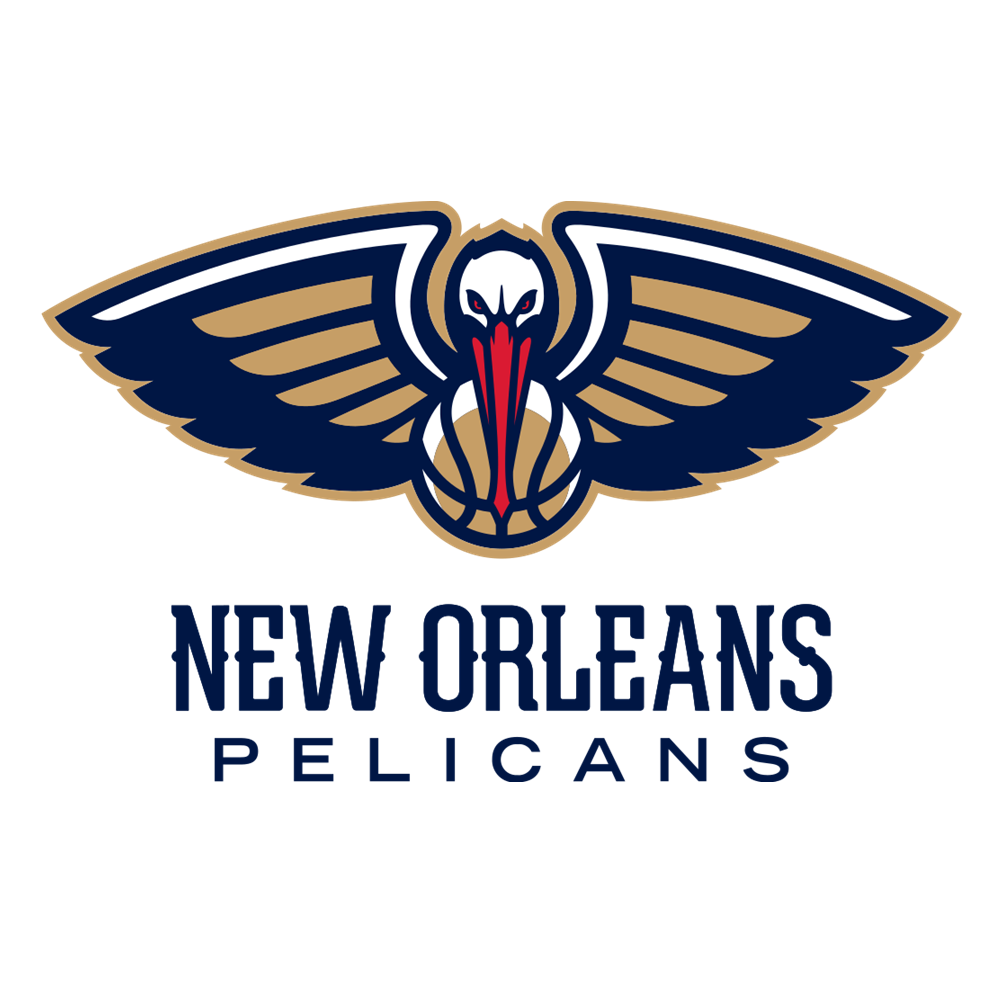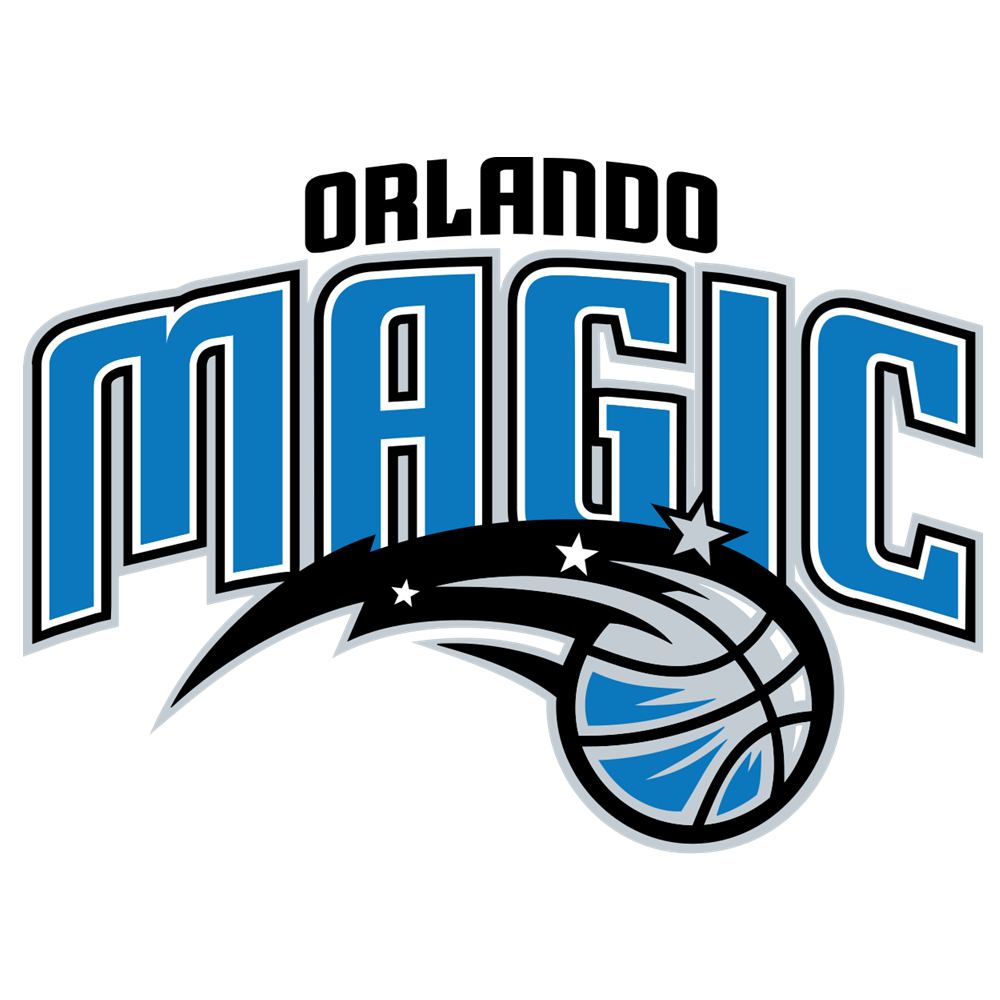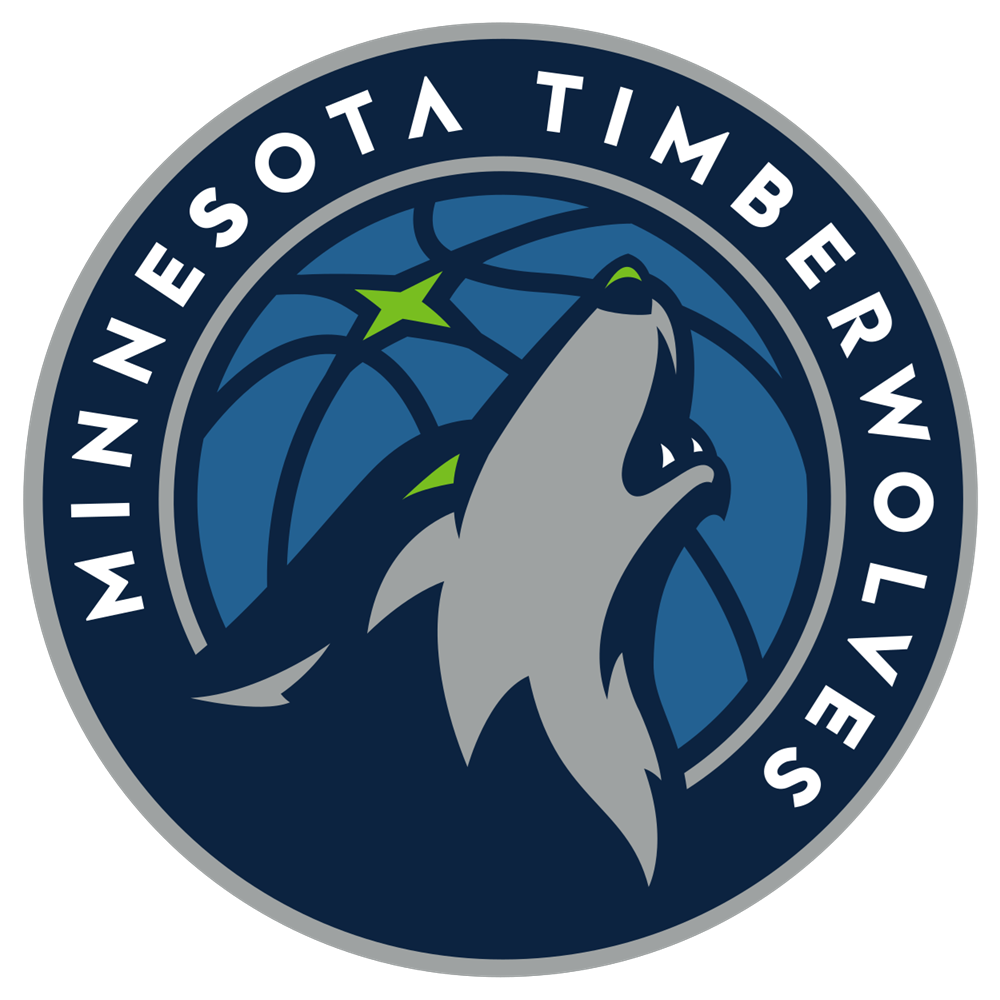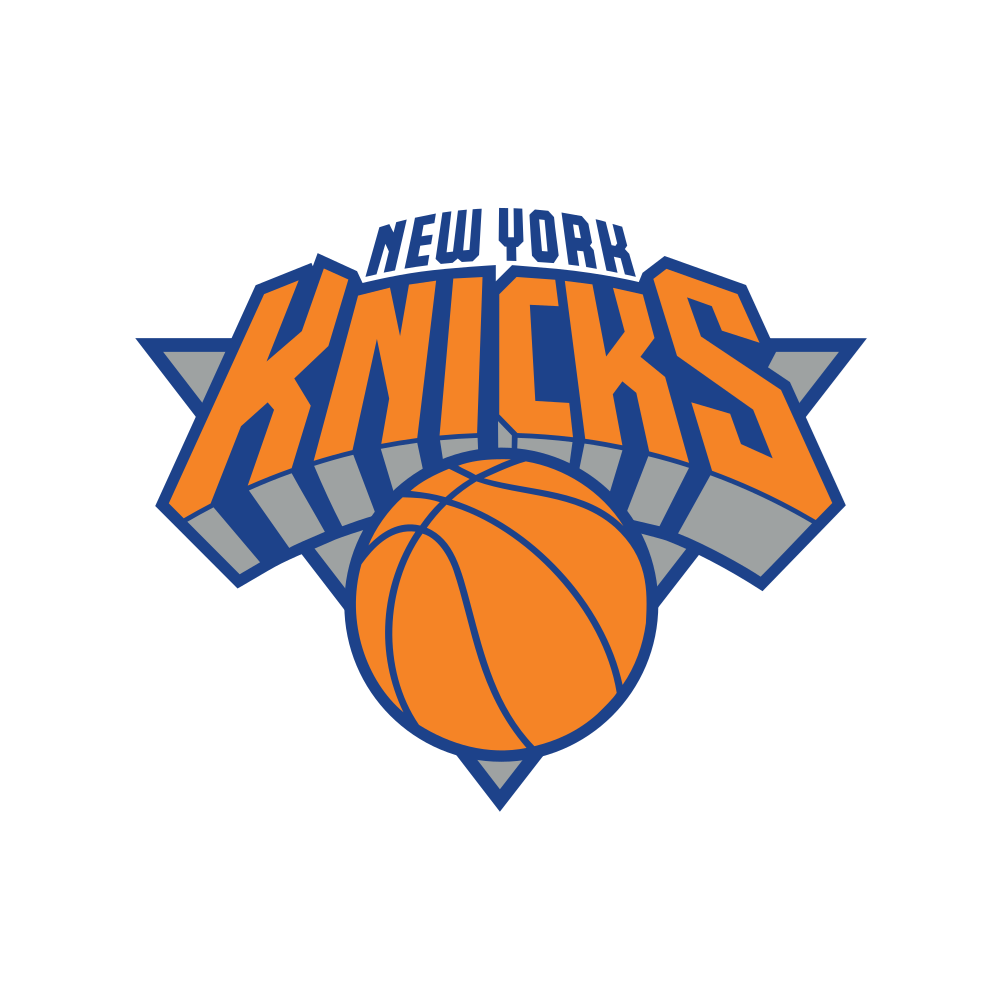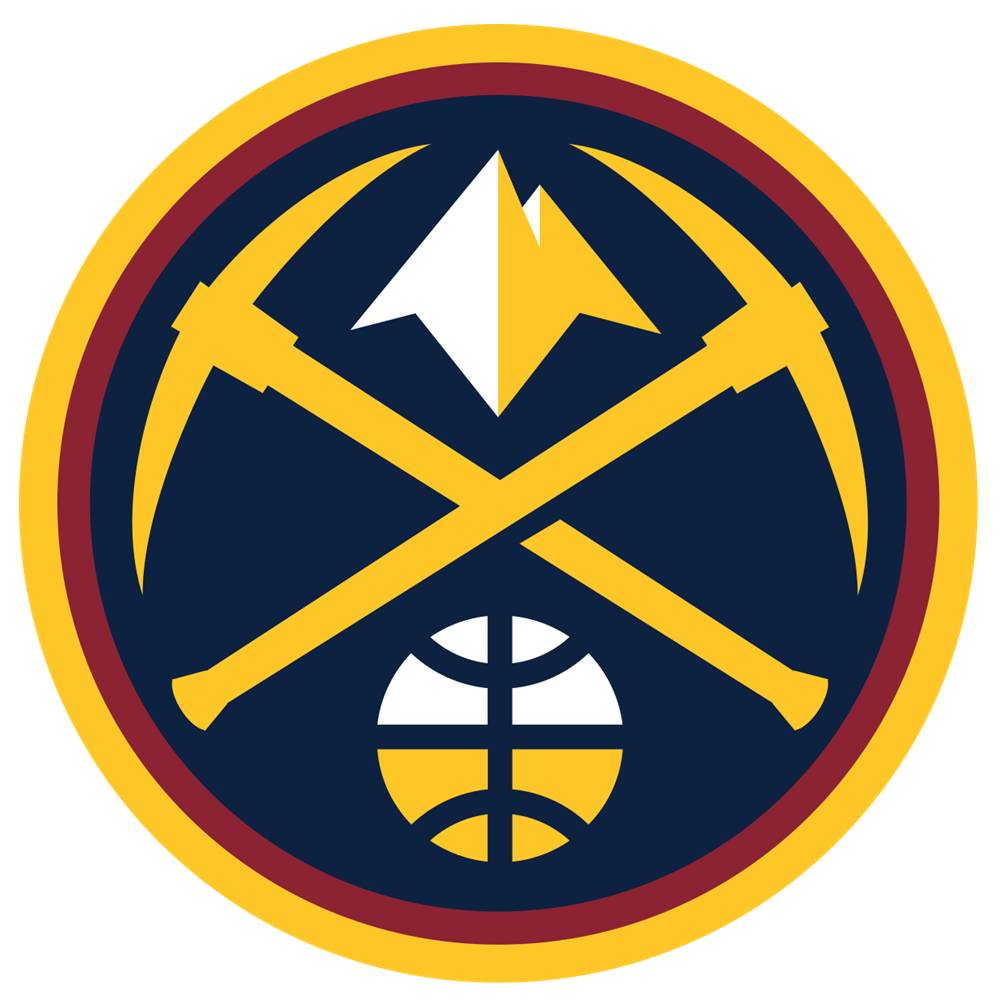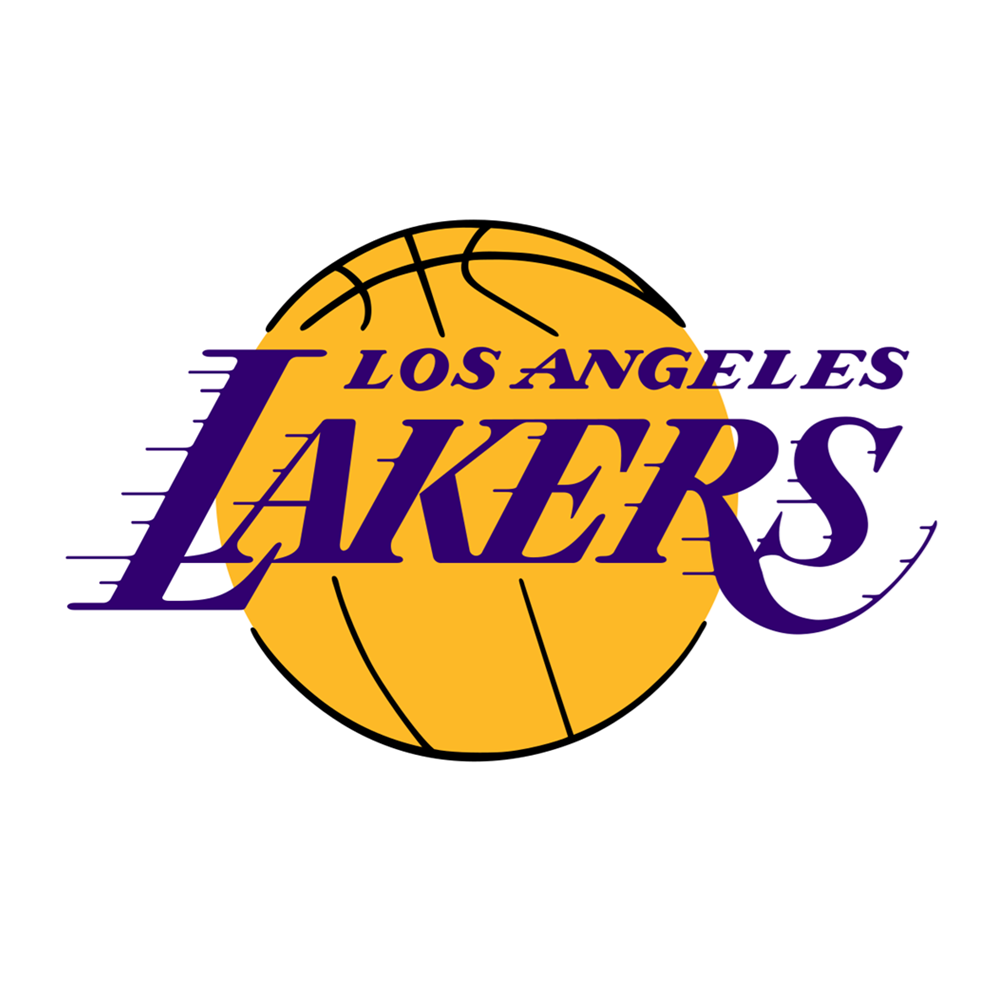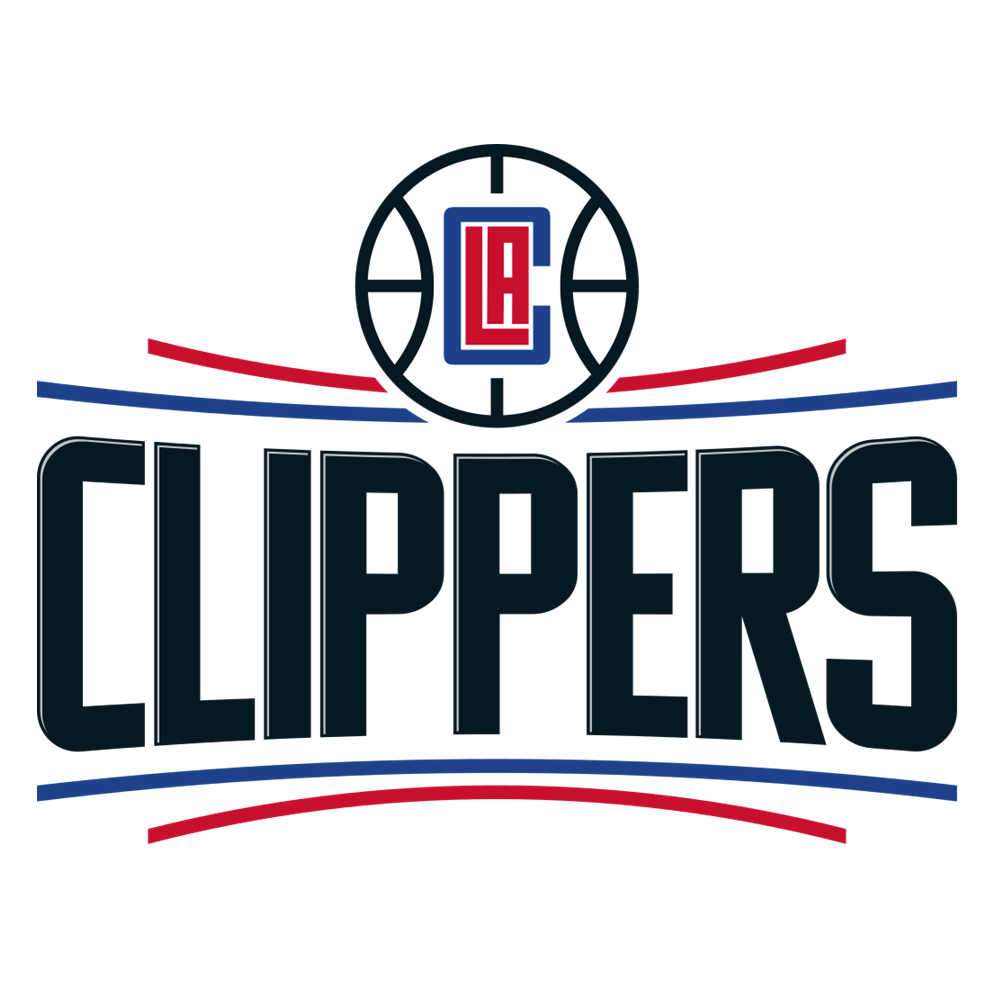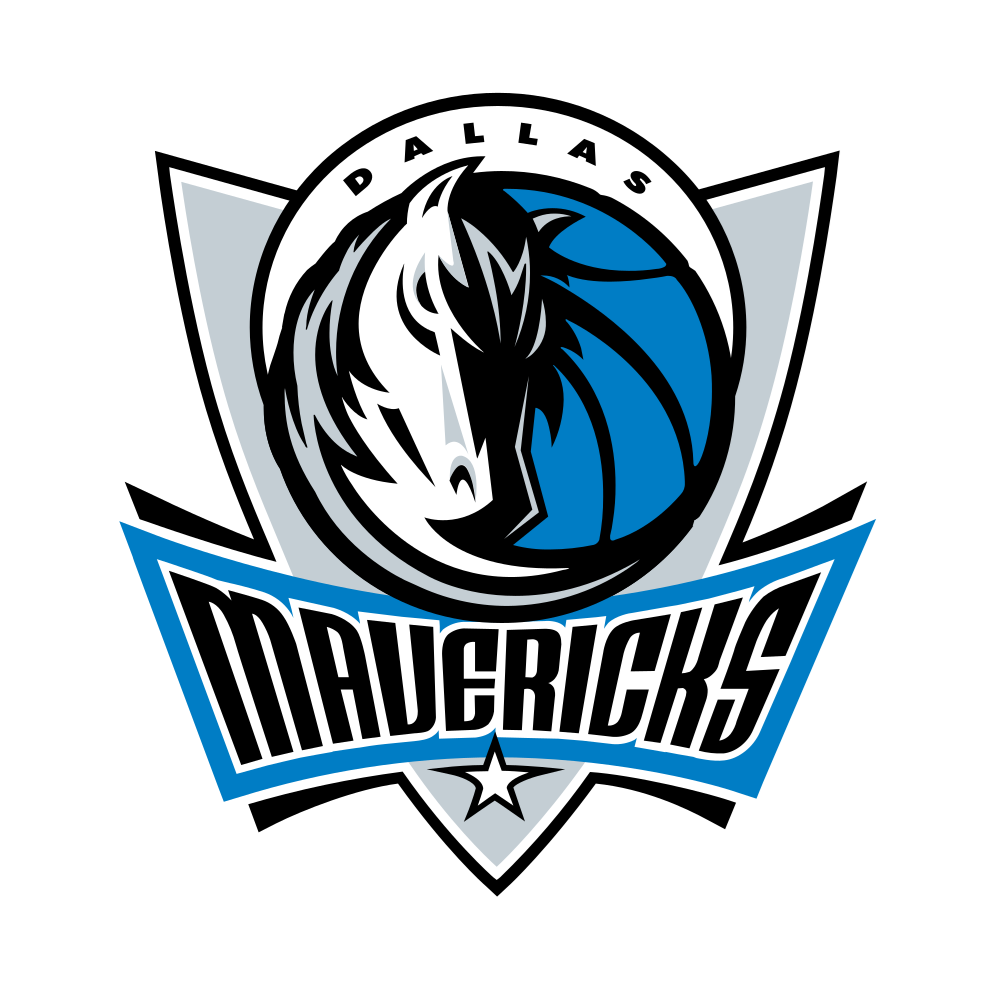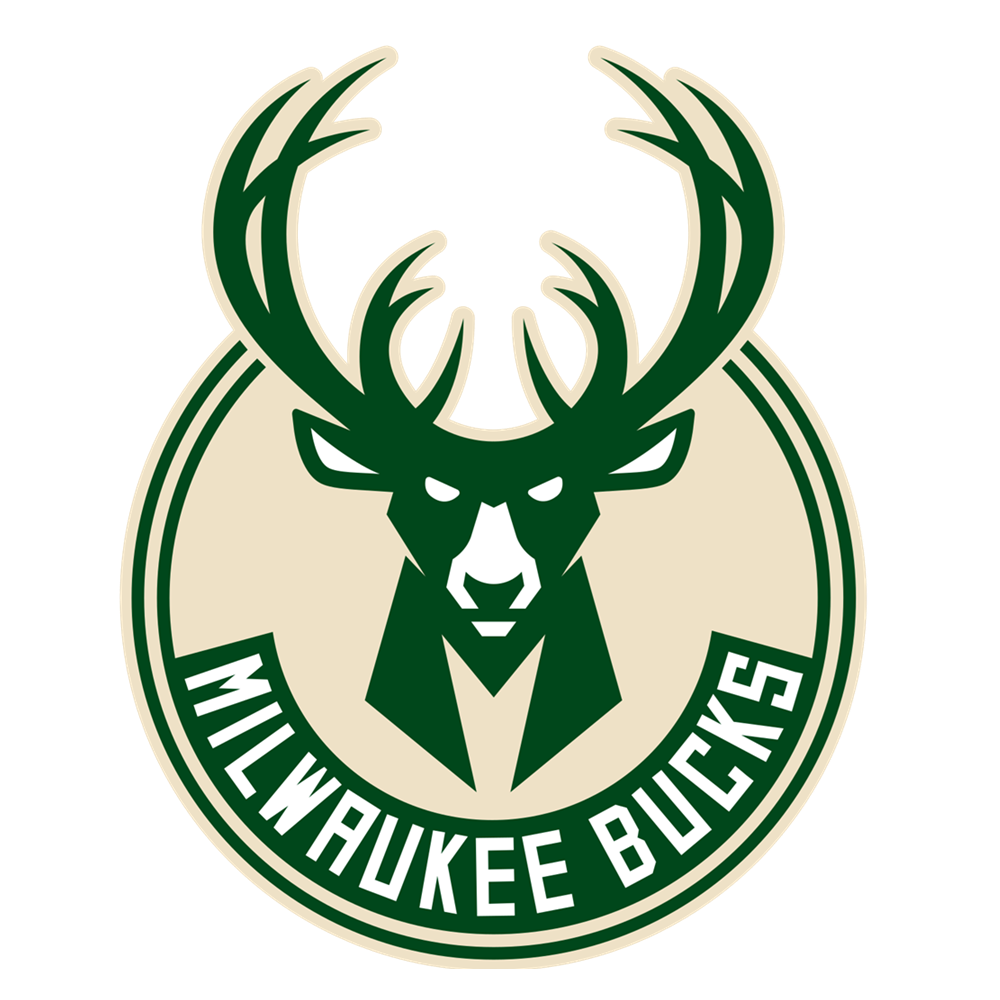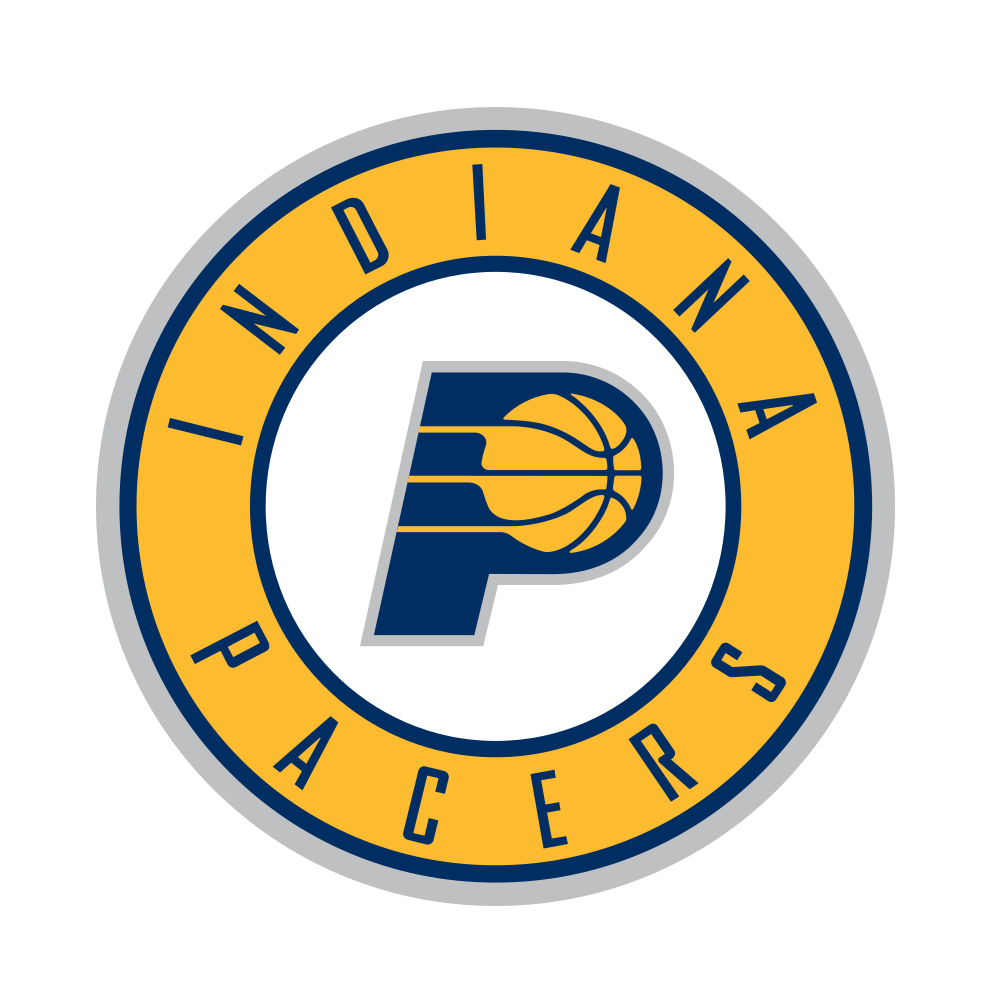The whole point of the Cleveland Cavaliers overhauling their roster at the trade deadline was to fully divest themselves of the problems that had plagued the first half of the season. A somewhat ramshackle post-Kyrie-Irving-trade Cavaliers roster had jarred and underwhelmed in the first half of the season - as well as in the second half of last season - struggling with chemistry, camaraderie, and every aspect of defence.
The thing is, though, that we cannot say they have undergone such an overhaul. The chemistry seems better, or at least it seems it very much on the peripheries. The finger-pointing on the court, lethargic rotations, sub-tweeting and noisome rumours have gone. This group seems to like each other, or at least tolerate each other. The defence, though, remains much as porous as before.
In moving one of the worst defensive players in the league, Isaiah Thomas, the Cavaliers were supposed to be upgrading by default. This is especially true considering that the replacement starting point guard, George Hill, has long been an above average defender. But Hill is neither playing nor producing much in this postseason, and while his tendency to do little is less damaging to the Cavaliers than Isaiah's tendency to try and be an offensive hero was, it is never a good sign when your backcourt defensive upgrade is generally silent.
Cleveland's early season defence was defined by an apathy that a moving ball would exploit. If and when defending a pick-and-roll, the Cavaliers would switch and, perhaps, run a light trap on the ball handler. But traps only work if everyone, from the trapper to those standing on the baseline watching him, works to recover when the ball starts moving. Cleveland didn't regularly do this, and it led to an ugly amount of open looks. It was comically easy at times for opponents, and yet they have not remedied this problem sufficiently, remaining vulnerable to a moving ball.
Into that breach stepped the Toronto Raptors.
The narrative surrounding the Toronto Raptors in recent years has been consistent - for all their relative regular season success, they clam up in the playoffs. The iso-heavy, deliberate-paint-touch offensive schemes of Dwane Casey's earlier seasons became less effective in the postseason, as the standards of the opposition improved, defences tightened, and advanced scouts had every play and player tendency documented. And with that, any regular season success was undermine by annual postseason disappointment.
However, Toronto were able to win the first seed in the Eastern Conference this season by moving away from that style of play. With far greater ball and man movement this season than in years past and greater focus on offensive efficiency rather than convenience, epitomised by DeMar DeRozan finally accepting the virtues of the three-pointer (if not yet shooting them efficiently), the Raptors reached new heights, flanking the NBA's second-best offence with its fifth-best defence and looking like a true competitor. And they did it by having the very things (shooting, unselfishness, offensive improvisation and plenty of depth) that Cleveland have long been vulnerable to.
This, then, had the potential to go wrong for Cleveland. And in the first quarter, it did.
To put it bluntly, the Cavaliers were absolutely terrible in the first quarter when playing without LeBron. The ball rarely entered the paint, Rodney Hood and Jordan Clarkson took hideously low percentage threes through a lack of apparent alternatives, and the ball never moved. Neither did the players.
These problems were not unique to one quarter. This is what the Cavaliers have been plagued by for much of the season, both pre- and post-trade deadline reformation - as soon as LeBron is out, it is an achievement if they can keep pace with their opponent at all, never mind outscoring them in these windows. Of course a team is right to rely on, and be built around, the seemingly eternal talents of the game's best player of possibly both now and all time. But they still cannot take the armbands off. As soon as James is off the court, the Cavaliers flounder.
The Raptors came out with a very good energy, pushing the tempo, zipping the ball around, and pressing home their enormous advantage. Raptors fans, nervous due to the unforgettable knowledge of the team's playoff choking, history, need not have been worried. This is the best team they have ever had, and it is the better team in the series, playing at its best, leading at the end of the first quarter by 14 points.
Inasmuch as such determinations could ever matter, many - myself included - anointed the Indiana Pacers as the better 'team' in their first-round series against these selfsame Cavaliers, whereby 'team' was loosely taken to mean a holistic, cohesive approach rather than an accumulation of parts. And that Pacers team would have triumphed over a vulnerable Cavaliers team had they just had that little bit more talent in depth. Toronto, in contrast, have never lacked for depth - their 11 man regular season rotation featured a bench unit so good that Casey relished playing the reserves as one whole unit, even in high leverage situations, not seeing the need to intermix them with the starters much in accordance with orthodoxy.
They followed this formula early, as the Cavaliers team built to flank LeBron with three-point shooters could not hit their three-point shots. These looks are mostly high-percentage looks when LeBron is in, but when he is out, they are not. The cuts, motion and court-running combinations that Toronto run, exploiting the opened-up spaces with passes over the top, drive-and-kicks and shooting from every position, just do not happen as much as they need to with the Cavaliers.
When LeBron is in, he can find Kevin Love in the post feeding the ball from the wing or hitting him on the roll. But when he cannot do that, no one can. Building a team to play off of LeBron does not suffice alone when it must also play without LeBron. And a team built to play off of LeBron has to do so on both ends.
The idea that Jordan Clarkson and Rodney Hood would help the Cavaliers with shot creation was misguided. Anyone who can and will move off the ball with consistency, and who can hit a cutter, can help with shot creation, and others do that better than they do. Clarkson never, ever, ever passes, throwing in plenty of meaningless dribbles in a bid to be considered a shot creator but not nearly as able to score from a standing start as his style of play would demand, and Hood in particular is providing nothing. Never a good defender (either too thin or too slow in any match-up), he cannot any longer take a dribble in traffic, it seems, and the streaky shot is flanked only with the occasional run-out.
An improved transition game may be Cleveland's way back into the series. Clarkson can run, Hood can run, Larry Nance (wherever he is) can run, and the semi-transition opportunities availed by rim runs can create high percentage offence. Toronto are improved in all facets of defence, but in round one, the Washington Wizards ran them off the court at times. And they did so even while, as John Wall noted, playing lumbering halfcourt big men.
Ultimately, though, the Cavaliers need greater surety in the halfcourt regardless.
You don't have to be open much for LeBron to get you open. You don't have to move much. Just a bit. When LeBron is in and drawing a defence, there are lanes for the ball and man, and Cavaliers will move into them. When he isn't, they try to do it with the handle. The extra passes to the corners for J.R. Smith and Kyle Korver are there with LeBron is on the court - despite the Raptors regularly throwing doubles and playing him to be a scorer, his passing vision, puppet mastery and cross-court skip passes remain undefendable. But the rest of the team have to move to make it happen.
Toronto, meanwhile, walked to the rim, even in the half court. And once there, they either made the shot or kicked to the shooter. Matters got slightly more difficult when both DeRozan and Kyle Lowry were out at the same time - perhaps Casey may wish to stagger line-ups a bit more rather than committing entirely to the bench as a single unit, no matter how good it is - yet the first quarter Raptors were peak.
Then again, never once have we or should we count a LeBron James team out of a series. Not until his 74th birthday or something.
On a team that cannot get to the rim, LeBron still walks there. Rookie swingman O.G. Anunoby, a decent quality three-and-D wing starter all season long with potential for more, played him better than almost anyone else has all year, staying disciplined and being physical with James on the perimeter, denying some of that penetration. He was confident, determined and strong. He slowed LeBron. But no one stops him.
Love can be stopped. He has looked shaky in the playoffs as a whole, and particularly struggled in game one, missing lots of shots in the paint and struggling to catch the ball cleanly (perhaps due to his injured thumb, perhaps due to the large size of the Raptors interior defenders, perhaps a bit of both). The shooters can be stopped, and the ball movement can be stopped. But LeBron cannot be.
Despite all of the above and the sizeable first quarter deficit, Toronto never pressed it home. The nervousness they had fought off to open the game crept back in, and a loose first period was followed by a tight second one. The ball stopped, and the HeroBall came in - Toronto's margins for competitiveness are tight, but only because they do it to themselves.
A third quarter run fuelled by the excellent Jonas Valanciunas - who Jeff Green simply could not defend on the interior - assuaged the doubts once again, as the Raptors built up a 15 point lead again in the third quarter. The swagger returned, the crowd got back into it, and Cleveland looked just as flawed as the above again.
But again, James kept coming. The game got incrementally closer, and as the Raptors started to waver, LeBron kept LeBronning.
Tyronn Lue finally found the right five man unit. Playing Tristan Thompson at the five spot (who knew an actual centre would be the best defence against a centre?), alongside James, Love, Smith and Korver gave Cleveland their best balance of talents and experience. Playing Korver over the aforementioned struggling Hood is one such key decision, for he does bring energy. He tries to defend, even if DeRozan's movement and guile is a bad match-up for him, and he will move off the ball. He will also pass the ball incisively off of a pindown - defensive effort, shooting and keeping the ball moving can be enough. Lue has seemingly reluctantly but rightly conceded that his senior players are his best.
To be sure, Lue made questionable calls. The reason for Larry Nance's removal from the rotation is not obvious, and Clarkson is still worryingly left on a shot-creation island no matter how much he enjoys being on it. Thompson should never have been taken out of the starting spot he had been so key in in game seven of the Pacers series, nor should Green have been charged with the task of defending him at the five spot for so long while Valanciunas exploited him for the big third quarter run. And Lue still does not know what he wants to do with George Hill. But he found the right blend eventually.
That blend knew how to play with James, and made the open shots his presence opened up. Conversely, the Raptors tightened up painfully. They missed their last 10 shots in regulation, and endured a 15-of-16 missed shot stretch across the end of regulation and the start of overtime. There was a lid on rim, and apparently a couple of moons on their shoulders too.
Efficiency, fluidity, and all the concepts that made Toronto such a good regular season team that never lost the games it should win, seemingly disappear in big moments. It is inevitable and understandable that coaches and players slow down the play in key moments - after all, shot clock management and the need to avoid terminal live-ball turnovers become much more important with the game clock so short. Yet the impact of a key defensive stop is negated if the subsequent offensive possession doesn't involve a single pass or screen for the first 16 seconds - all it does is increase the likelihood of a key defensive stop going the other way too. There is being risk averse, and then there is being fearful.
Toronto fans who want to rally against the choking-Raptors narrative as being a construct of the largely American media and its presumed bias against the upstart Canadian team need to accept that this happened. The Raptors choked. Cleveland did not win this game so much as Toronto lost it. They still played hard, yet it is not a matter of working hard, but working well. Everyone works hard in the playoffs - who works the most effectively?
Although their effectiveness and consistency are long-standing and very valid concerns for Cleveland and their competitiveness going forward, they managed just enough of both to steal game one. Warts and all. The bipolarity of the Cavaliers has long been their problem. But the bipolarity of the Raptors is right there with them.
It was tremendous fun watching two flawed teams playing at so similar of a level. First one to fix their shortcomings wins.
